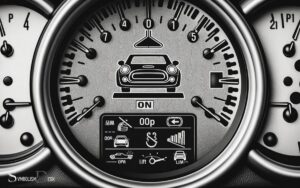Car Going Down Hill Symbol: Explanations!
The car going downhill symbol on a vehicle’s dashboard is an indicator that the Hill Descent Control system is active.
This system aids drivers when driving down steep inclines by automatically maintaining a slow and steady speed, ensuring safety and stability.
Hill Descent Control (HDC) is a driver-assistance feature found in many modern cars, particularly SUVs and off-road vehicles.
The system works by:
For example, when descending a snowy mountain road, HDC can be activated to help the vehicle maintain a steady speed without skidding.
HDC is a valuable feature for off-road enthusiasts and drivers who frequently encounter challenging terrain.
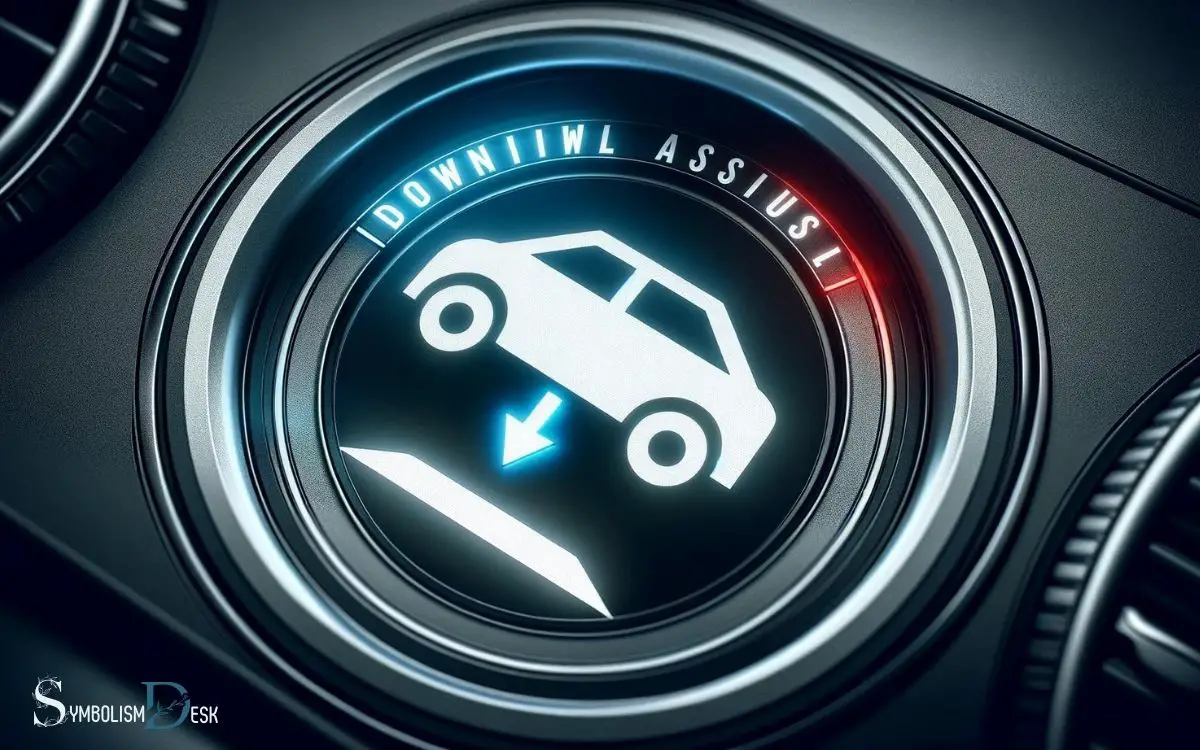
Key Takeaway
Understanding the Hill Descent Control Dashboard Symbol in Cars
| Feature | Description | Activation Cue | Benefit |
|---|---|---|---|
| Hill Descent Control (HDC) | Assists in downhill driving by controlling vehicle speed | Car going downhill dashboard symbol | Enhanced stability and safety on steep declines |
Understanding the Car Going Downhill Symbol
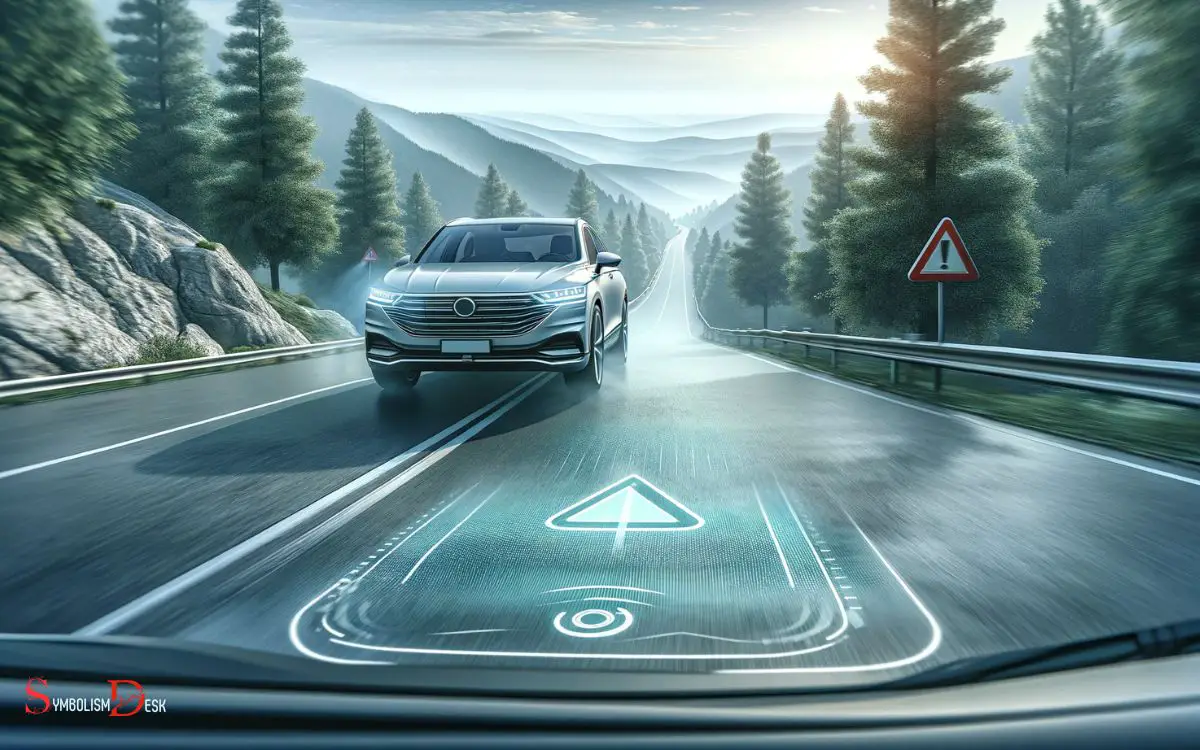
Why does the car going downhill symbol illuminate on the dashboard? The car going downhill symbol, often represented as a vehicle with wavy lines underneath, lights up to indicate the activation of the hill descent control (HDC) feature in the vehicle.
When driving downhill, HDC helps maintain a controlled speed by automatically applying the brakes to individual wheels, thereby preventing the vehicle from accelerating too quickly.
This is particularly useful when navigating steep or slippery descents, providing the driver with greater stability and control.
The activation of the car going downhill symbol signifies that the HDC system is actively assisting in managing the vehicle’s descent.
Understanding this symbol is crucial for drivers to recognize when their vehicle’s hill descent control feature is engaged, ensuring a safer and more controlled descent.
Functionality of Hill Descent Control (HDC)
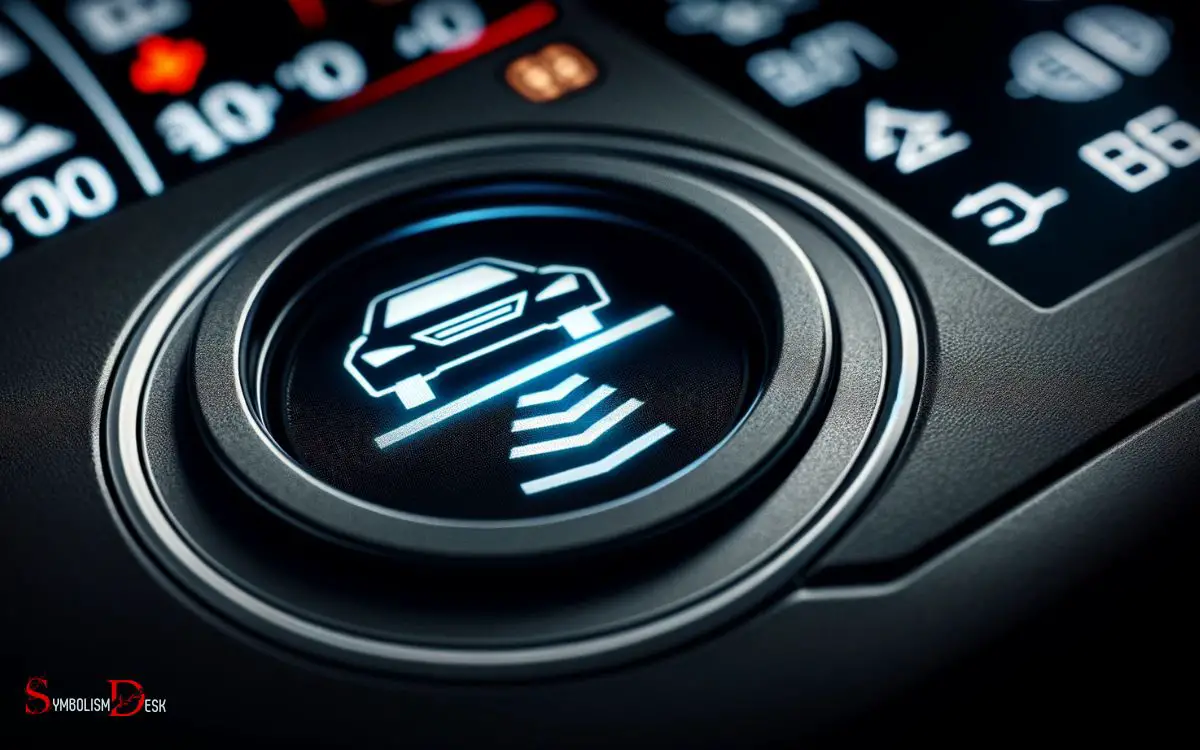
The functionality of the hill descent control (HDC) system is essential for maintaining a controlled speed while driving downhill. HDC is designed to assist the driver in navigating steep descents by automatically applying the vehicle’s brakes to control speed.
When the HDC system is engaged, it uses wheel-speed sensors to monitor each wheel’s rotational speed and applies braking force as needed to maintain a steady and safe descent speed.
This allows the driver to focus on steering and maneuvering the vehicle while the HDC system manages the braking, providing a smoother and more controlled descent.
Additionally, HDC often works in conjunction with the vehicle’s traction control system to ensure optimal grip and stability on slippery or uneven terrain, further enhancing the safety and control of the vehicle during downhill maneuvers.
Benefits of the Car Going Downhill Symbol
One can gain a better understanding of the car’s downhill movement through the representation of the car going down a hill symbol. This symbol often illustrates the forces at play, such as gravity and friction, influencing the motion of the car as it descends. Understanding the civil engineer car symbol meaning can provide insight into how infrastructure designs, like road gradients, affect vehicle performance and safety. Such representations are essential for optimizing road construction and ensuring smooth transportation.

This symbol provides various benefits, such as:
- Safety: It indicates the activation of systems like hill descent control, which enhances vehicle stability and control during downhill maneuvers.
- Awareness: The symbol alerts the driver to the vehicle’s current mode, promoting attentiveness to the road conditions.
- Efficiency: It facilitates better fuel management by optimizing engine and transmission performance for downhill driving.
- Reduced Wear: By engaging specific systems, it minimizes strain on the vehicle’s braking components, extending their longevity.
- Improved Traction: The symbol signifies that traction control systems are active, aiding in maintaining grip on slippery downhill surfaces.
These benefits contribute to a safer and more efficient driving experience when descending hills.
Activation and Deactivation of Hill Descent Control
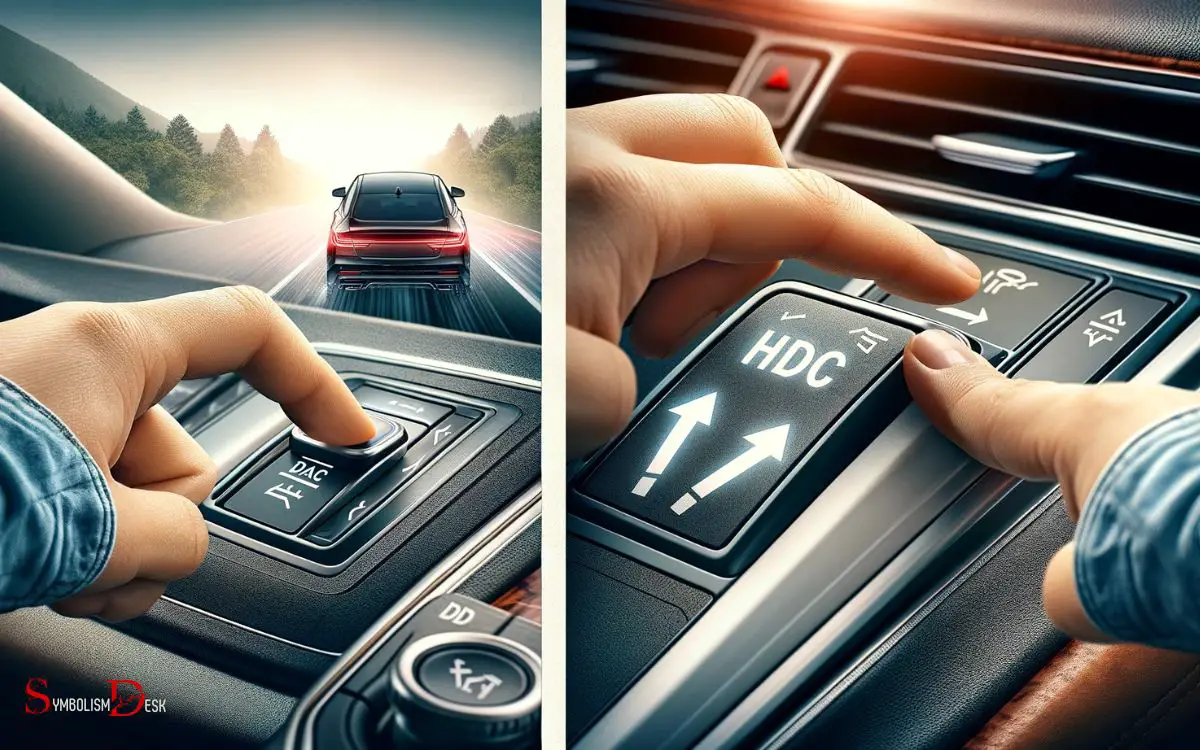
When driving downhill, it is important to understand how hill descent control (HDC) can be activated and deactivated to optimize vehicle performance and safety.
HDC is typically activated by pressing a button on the vehicle’s console or dashboard, which engages the system and allows it to maintain a consistent speed while descending steep inclines.
To deactivate HDC, the driver can simply press the same button again, returning control to the driver’s input. It’s crucial to follow the manufacturer’s guidelines for activating and deactivating HDC, as the specific process may vary between different vehicle models.
Understanding these procedures ensures that drivers can effectively utilize HDC to navigate downhill terrain safely and efficiently.
Safety Precautions for Downhill Driving With HDC
Drivers should be aware of the specific safety precautions to follow while driving downhill with HDC activated. When using Hill Descent Control (HDC) for downhill driving, it’s important to ensure the safety of the vehicle and its occupants.
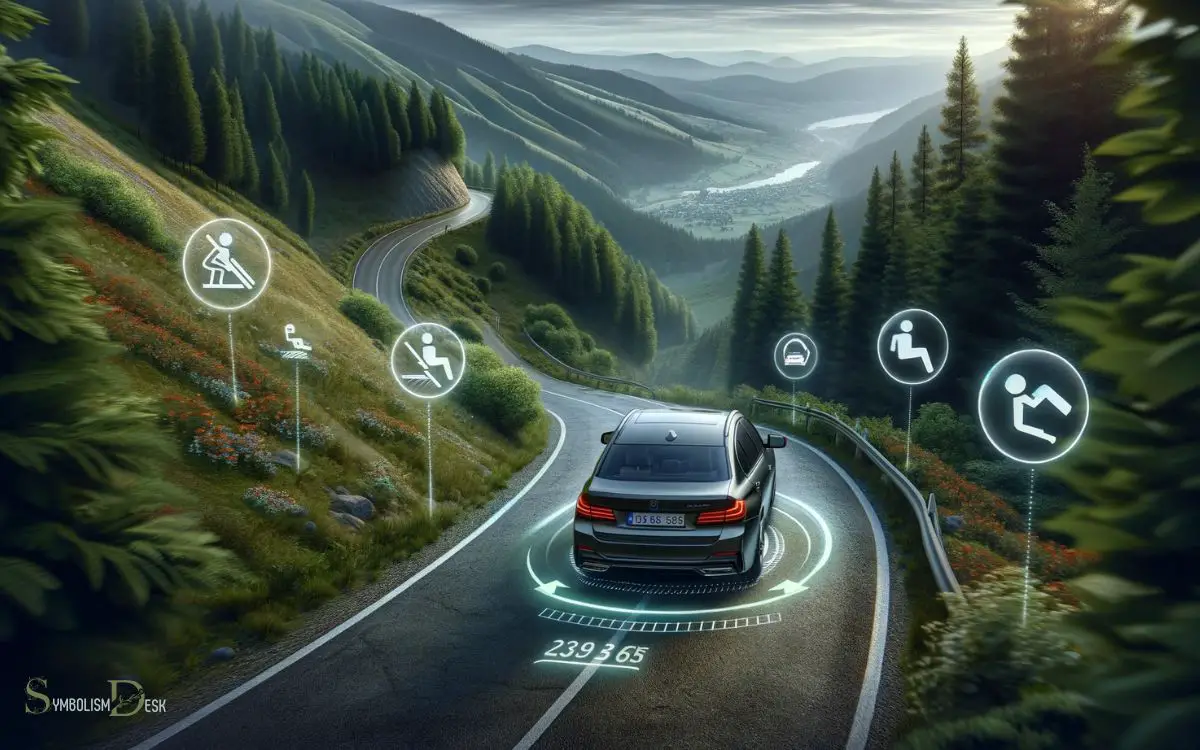
Here are some crucial safety precautions to consider:
- Maintain a safe following distance from the vehicle ahead to allow for ample reaction time.
- Keep a firm grip on the steering wheel to maintain control of the vehicle’s direction.
- Avoid sudden acceleration or braking to prevent skidding or loss of traction.
- Check the road conditions and adjust the vehicle’s speed accordingly to navigate any obstacles or rough terrain.
- Be prepared to deactivate HDC if necessary, such as when encountering a sudden change in driving conditions.
Following these safety precautions will help ensure a safe and controlled descent while using HDC.
Conclusion
The car going downhill symbol is a crucial feature for safe and controlled descent on steep terrains. With the functionality of Hill Descent Control (HDC), drivers can confidently navigate downhill slopes with ease.
But, have you ever wondered how this technology truly enhances the driving experience? Stay tuned for more insights into the fascinating world of automotive advancements.






